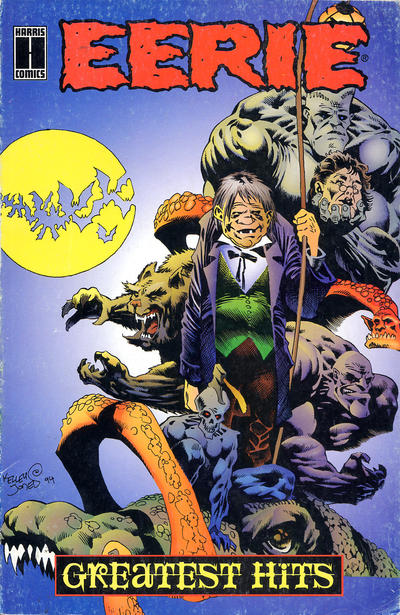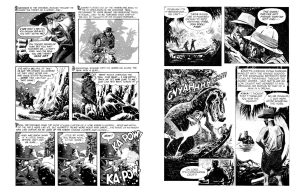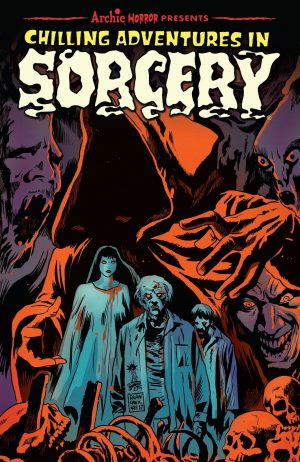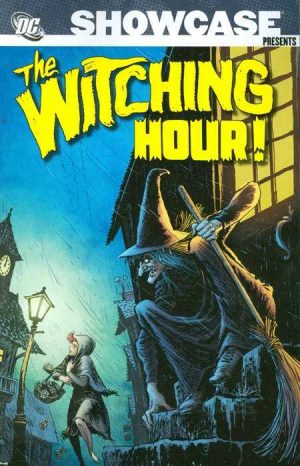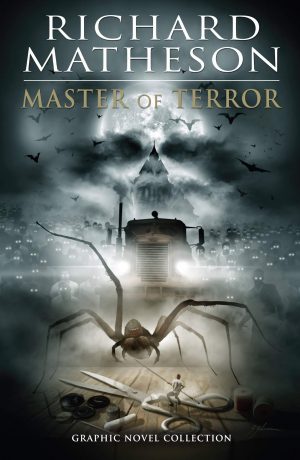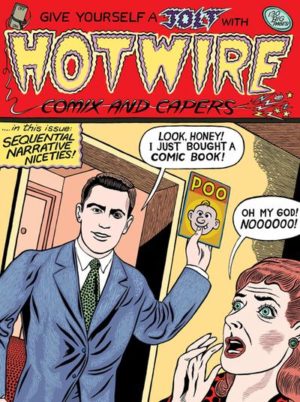Review by Frank Plowright
Published between 1965 and 1983, Eerie was the sister publication to Creepy, similarly based on the EC horror anthologies that so briefly thrilled a generation before being neutered by the introduction of the Comics Code Authority in the mid-1950s. Publisher James Warren circumvented the CCA by issuing his horror as black and white magazines, and while artistic standards were maintained throughout the run (more or less), it’s only really over the first dozen issues that the writing, primarily by Archie Goodwin, matched the art. Thankfully, the nineteen stories selected as Greatest Hits are all from those issues.
While the gold standard is the complete Eerie Archives issued in hardcover by Dark Horse, anyone for whom a sampling of the best is enough is hardly shortchanged here. The reproduction of the exclusively black and white art is crisp, and if you’re only wanting the one book, this is possibly even more desirable than the companion Creepy selection despite the paper quality being lower. That’s because there’s a greater variety to the locations and periods. Here we see John Severin drawing the West of the 1800s (sample art left), Reed Crandall’s Roman era horrors, swamp dinosaurs from Angelo Torres (sample art right), modernism from Neal Adams, Alex Toth and Al Williamson, and the other worlds of Steve Ditko.
Archie Goodwin brings a cultured attitude to the various forms of horror with twists that can still surprise decades after he wrote these shorts, although that doesn’t apply to everything here. However, there’s enough imagination and atmosphere within this collection to compensate for the very occasional misfire, and none of the other writers matching his creativity. The closest is Johnny Craig, both writer and artist on ‘Trial by Fire’, which suffers from a clumsy ending.
Art purists may prefer less Jerry Grandenetti or Ric Estrada, but both convey the tone of their stories well, and for all the talent Jeff Jones has, he wasn’t quite the fully formed artist in 1965 when drawing ‘To Slay a Dragon’.
Many horror anthologies have attempted to emulate the successful EC formula of the 1950s, but only Creepy and Eerie ever did, and then only for a brief period. Greatest Hits encapsulates that shining moment gloriously.
